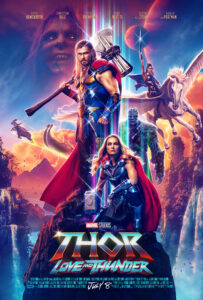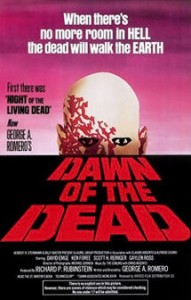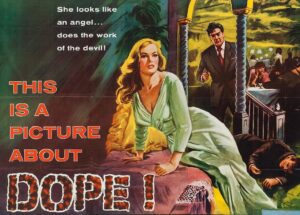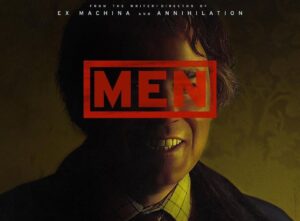Since the release of Dr, No in 1962 EON production’s James Bond films have taken the character on wild adventures. Some were smaller in scale, From Russia with Love and For Your Eyes Only, some have threatened the world and have seen the character in orbit above the Earth. For my money that most unusual entry into the franchise that introduced the wildest element was Live and Let Die.
Released in 1973 and riding on the cycle of Blaxploitation cinema this movie presented a new
Bond, Roger Moore, and small threat. Instead of a world ending or dominating plot Bond works to stop a Caribbean criminal from dominating the New York heroin trade.
Now, none of this, while different from many Bond adventures, is terribly unique but there is an element in the film that had not appeared in previous movies would never be revisited.
Magic is real.
The villain, Kananga, has a virgin priestess Solitaire, a strangely non0suggestive name for a Bond Woman, who, with tarot, can accurately predict the future and far see distant events. This is not a delusion or cold reading trick. Solitaire repeatedly and correctly advises Kananga of coming threats and dangers. her prescient powers are tied to her virginity and when Bond seduces her, as he is wont to do, and her life is no endangered by Kananga, Solitaire flips and aids Bond.
Just to make sure that it is not missed that magic and the occult are real in the Bond-verse, one of Kananga’s henchmen costumes himself in the manner of Baron Samedi a supernatural being of Haitian culture with association over the dead and resurrection. During an action sequence near the film’s end Bond throws this particular henchman into a coffin of venomous snakes where he is killed.
And yet at the end of the film the character, played by the same actor, Geoffrey Holder, appears laughing and very much alive at the front of a speeding train. Apparently, we are to assume that this was not a henchman costumed as Baron Samedi but actually Baron Samedi himself.
While Bond has broken free of the constraints of physics and natural law before and after Live and Let Die, the films have never again addressed that they take place in a universe with magic and supernatural spirits.







